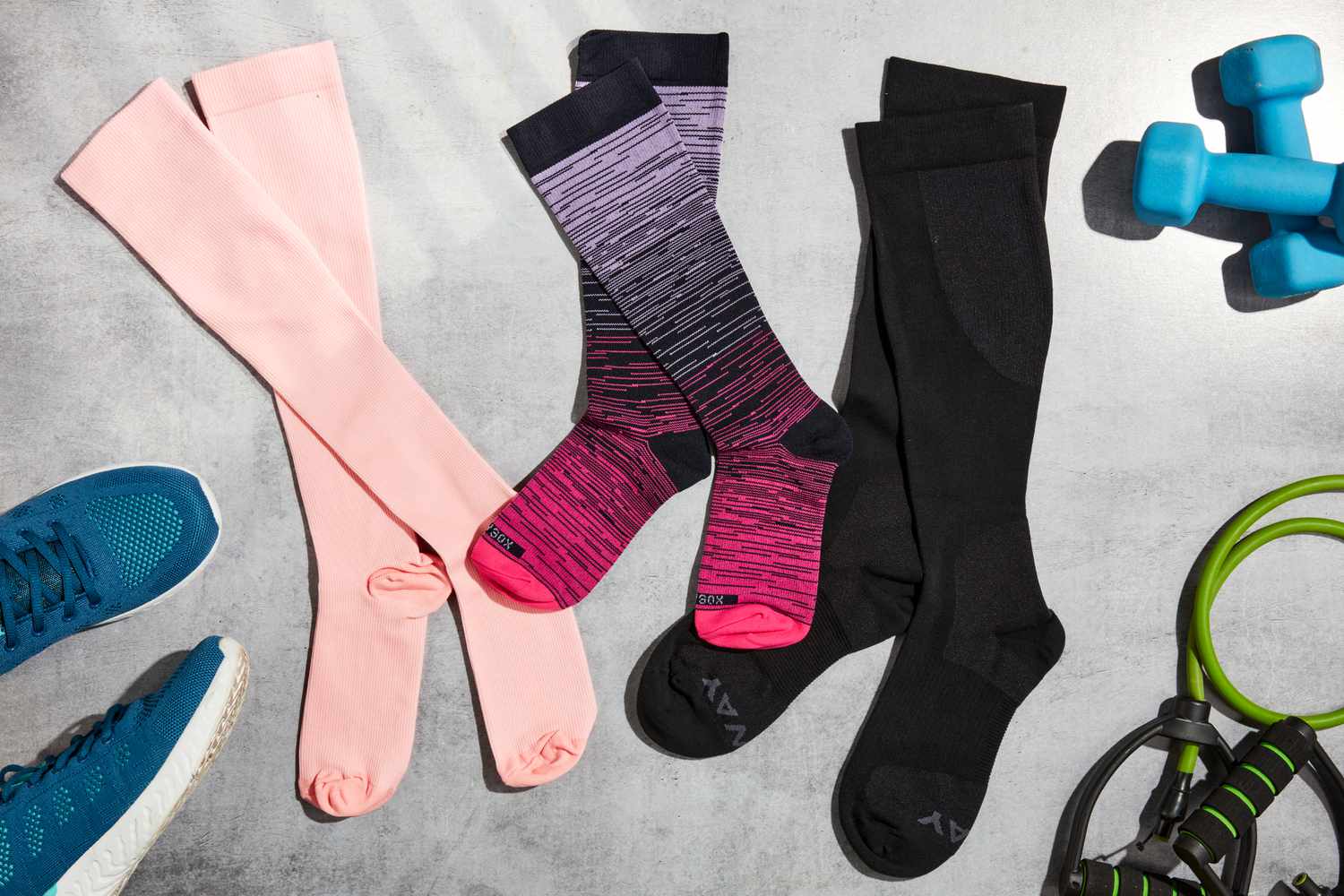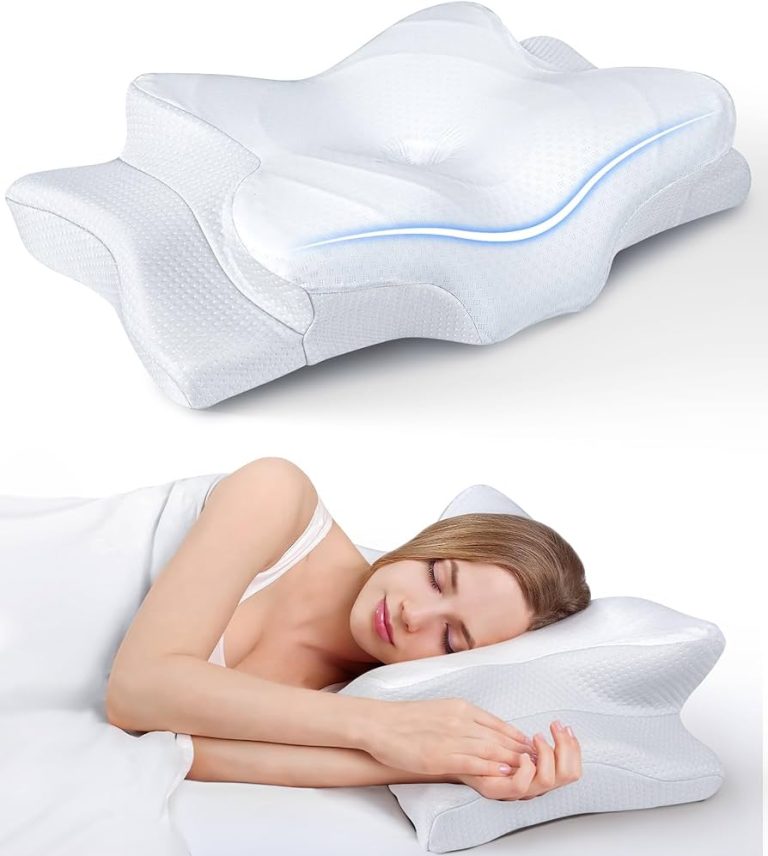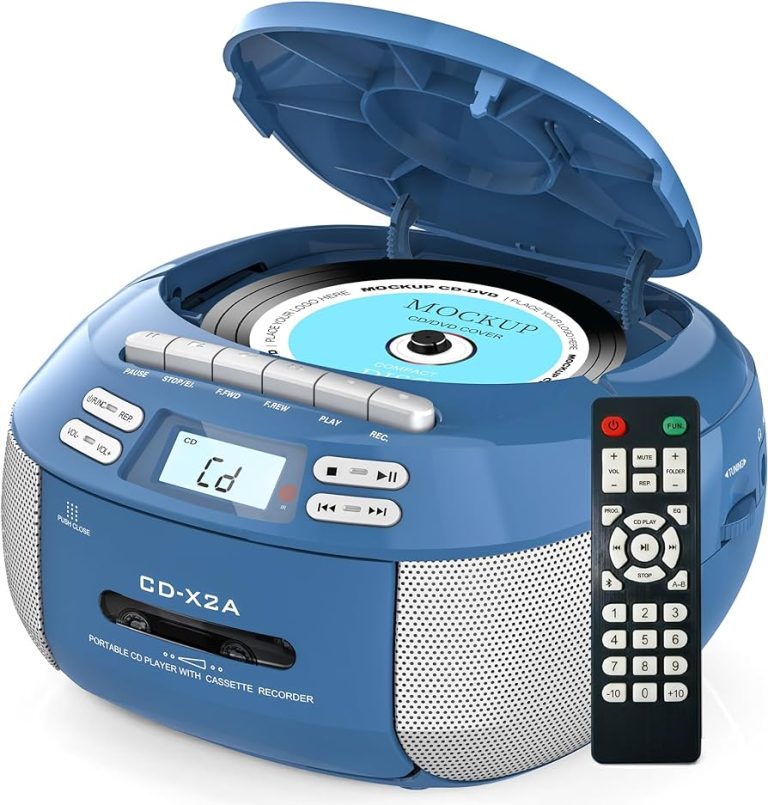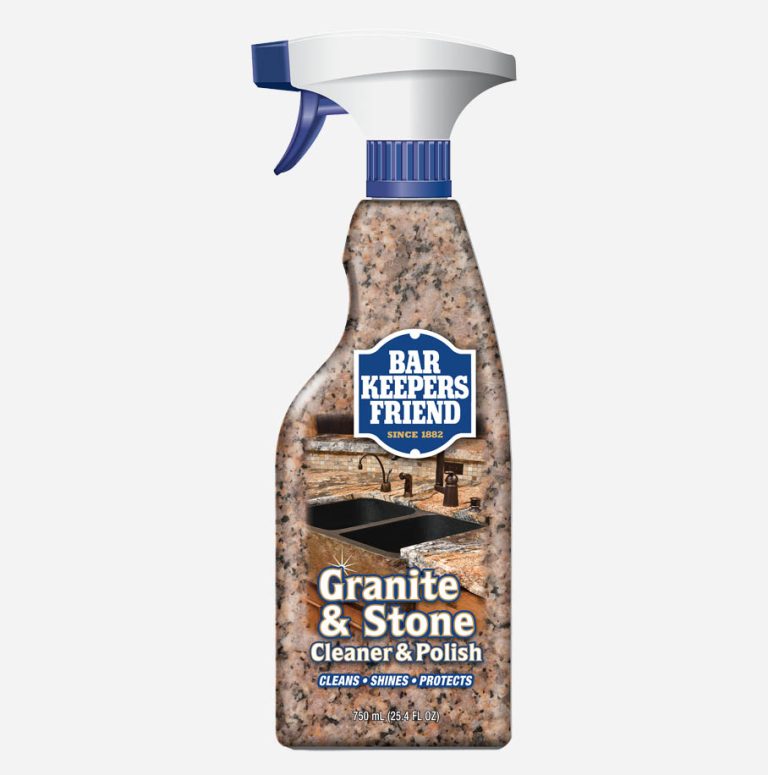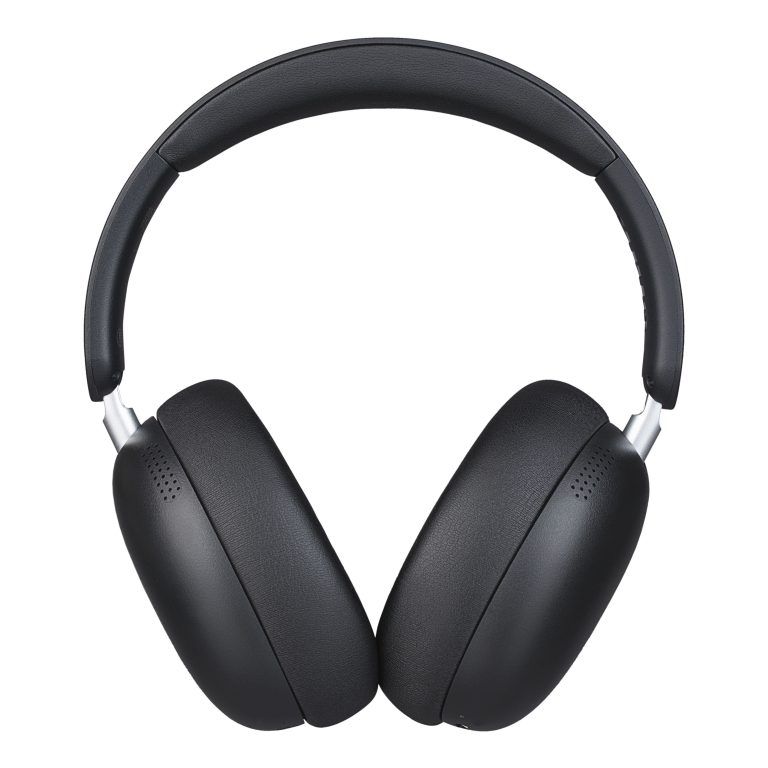9 Best Compression Socks for Women: Top Picks for Comfort, Support, and Circulation
Finding the perfect pair of compression socks can be a game-changer for women who spend long hours on their feet or suffer from circulation issues. These specially designed socks offer support and comfort, helping to reduce swelling and improve blood flow. Whether you’re an athlete, a busy professional, or someone who simply values foot health, the right compression socks can make all the difference.
Factors to Consider Before Buying Compression Socks
When choosing the best compression socks, certain factors can make all the difference in comfort and effectiveness. Below are some key elements to keep in mind:
Material and Comfort
Material and comfort are crucial for wearing compression socks throughout the day. Look for materials like nylon, spandex, and cotton blends, which offer breathability and flexibility. Make sure the fabric wicks away moisture to keep your feet dry, especially if you’ll be wearing the socks during physical activities.
Compression Level
Compression level determines the amount of pressure applied to your legs and feet. This pressure is measured in millimeters of mercury (mmHg). Lower compression levels (15-20 mmHg) are ideal for daily wear and mild swelling, while higher levels (20-30 mmHg or more) are better for medical conditions or intense physical activity. Consult your healthcare provider to find the most suitable compression level for your needs.
Length and Size
Length and size of compression socks affect their functionality. Options range from ankle-length to knee-high and even thigh-high. Choose the length based on your specific needs—knee-high socks are excellent for reducing calf swelling, while thigh-high options provide more extensive support. Accurate size measurement ensures optimal effectiveness and comfort, so always check the sizing chart of the brand you’re considering.
Review of the 9 Best Compression Socks for Women
Great compression socks can make a huge difference in comfort and performance, whether you’re on your feet all day, traveling, or managing circulation issues. Here’s a breakdown of the 9 best options for women.
Overall Best Compression Socks
Physix Gear Sport Compression Socks stand out for their robust design and comfort. These socks offer a balanced 20-30 mmHg compression level, making them ideal for everyday wear. Their strong fabric is durable, lasting through many washes without losing elasticity. Plus, they come in various sizes and colors to suit personal preferences.
Best Budget-Friendly Compression Socks
SB SOX Compression Socks provide excellent quality at an affordable price. These socks offer 15-20 mmHg compression, perfect for moderate support. Despite their lower price point, they boast a comfortable, lightweight design. They’re ideal for those looking to incorporate compression socks into their routine without breaking the bank.
Best for Pregnancy
Bluemaple Compression Socks are highly recommended for pregnant women. They offer gentle 15-20 mmHg compression, helping reduce swelling and discomfort. The graduated compression technology ensures balanced pressure, promoting better blood flow. These socks are both comfortable and easy to wear, perfect for expectant mothers.
Best for Running
CEP Progressive+ Compression Run Socks 2.0 are a top pick for runners. These socks provide 20-30 mmHg compression, supporting muscles and enhancing circulation during workouts. The anatomical design ensures a perfect fit, reducing the risk of blisters and enhancing overall performance. They’re essential gear for serious runners.
Best for Travel
Travelsox TSS6000 Compression Socks are ideal for travelers. Offering 12-20 mmHg compression, they effectively prevent deep vein thrombosis (DVT) on long flights. The fabric is breathable and moisture-wicking, ensuring comfort for extended periods. They’re a must-have for anyone who spends a lot of time in the air.
Best for Varicose Veins
Zeta Compression Socks provide relief for those with varicose veins. With a firm 20-30 mmHg compression level, they reduce swelling and improve circulation. These socks feature a reinforced heel and toe for extra support and durability. Their medical-grade compression is perfect for managing varicose veins effectively.
Best for Nurses
Charmking Compression Socks are perfect for nurses. They offer 15-20 mmHg compression, providing gentle support for long shifts. The material is both breathable and moisture-wicking, keeping feet comfortable and dry. These socks are designed to sustain all-day wear, making them a favorite among healthcare professionals.
Best Stylish Compression Socks
Trendyline Compression Socks offer both functionality and fashion. With a 15-20 mmHg compression level, they provide moderate support while featuring stylish patterns and colors. These socks allow you to maintain your personal style without sacrificing comfort and support. They’re perfect for those who want a fashionable option.
Best Eco-Friendly Compression Socks
Sockwell Circulator Graduated Compression Socks are the top eco-friendly choice. Made from sustainable materials like bamboo and merino wool, they offer 15-20 mmHg compression. These socks are soft, breathable, and environmentally friendly. They’re ideal for eco-conscious consumers seeking both quality and sustainability.
How to Use Compression Socks Effectively
Using compression socks properly ensures you get the most benefits. Here are some essential guidelines.
Best Practices for Wearing Compression Socks
- Gradually Build Usage Time: Start by wearing your socks for a few hours daily. Gradually increase the duration to all-day wear.
- Put Them on in the Morning: Your legs are least swollen when you wake up. It’s the best time to put your socks on for optimal compression.
- Ensure Proper Fit: Check that the socks are not too tight or too loose. They should stay in place without causing discomfort.
- Avoid Bunching: Smooth out any wrinkles or bunching, which can cause uneven pressure and irritation.
- Consult Healthcare Providers: Always discuss with a healthcare professional, especially if you have underlying health conditions that require specific compression levels.
- Daily Washing: Wash your compression socks after each use to maintain their elasticity and cleanliness. Use mild soap and cold water.
- Air Dry: Avoid using a dryer. Lay them flat to air dry, which helps maintain their compression levels.
- Rotate Pairs: Invest in multiple pairs. Rotating them can extend their lifespan by reducing wear and tear.
- Inspect Regularly: Check for signs of wear like thinning fabric or decreased elasticity. Replace them when they no longer provide effective compression.
- Proper Storage: Store your socks in a cool, dry place. Avoid tightly folding or crumpling them to maintain their shape and longevity.
Conclusion
Choosing the right compression socks can significantly enhance your comfort and support throughout the day. By considering factors like material, compression level, and length, you can find the perfect pair tailored to your needs. Remember to consult a healthcare provider to determine the appropriate compression level for you.
Proper usage and maintenance are key to maximizing the benefits of your compression socks. Gradually increase wear time and ensure a proper fit. Regular washing, drying, and rotating pairs will help maintain their effectiveness and longevity. With these guidelines, you’ll be well on your way to enjoying the full advantages of the best compression socks for women.
Frequently Asked Questions
What are the benefits of compression socks for women?
Compression socks for women provide support, enhance comfort, and improve circulation. They can help reduce swelling, alleviate pain, and prevent varicose veins.
What factors should I consider when purchasing compression socks?
When buying compression socks, consider the material, compression level, and length. It’s crucial to choose socks that suit your specific needs and comfort preferences.
How do I determine the right compression level for me?
Consult a healthcare provider to determine the appropriate compression level based on your health condition and requirements.
Which compression socks are best for specific needs?
The best compression socks vary based on specific needs such as mild swelling, varicose veins, or athletic performance. Check reviews and consult a healthcare professional for tailored recommendations.
How should I start using compression socks?
Gradually increase wear time to allow your body to adapt. Ensure the socks fit properly and consult a healthcare provider if you experience any discomfort.
How do I care for my compression socks?
To maintain their effectiveness, wash and dry compression socks according to the manufacturer’s instructions. Rotate pairs, inspect regularly for wear and tear, and store them properly.
How often should I replace my compression socks?
Regularly inspect your compression socks for signs of wear. Replace them every few months or as recommended by the manufacturer to maintain optimal compression and support.
